Introduction
Autism spectrum disorder (ASD) is a complex condition that presents a broad range of challenges for individuals and their families. With symptoms varying in severity, it's crucial to recognize the diverse experiences and needs within the autism spectrum. In this article, we explore the three levels of autism, from "Requires Support" to "Requires Very Substantial Support," and shed light on the diagnostic criteria and importance of early detection and intervention.
We also delve into the variations in autism prevalence across different communities and highlight the need for inclusive support systems. By understanding the unique needs of individuals with autism, we can work towards empowering and advocating for their well-being.
What are the Three Levels of Autism?
Autism spectrum disorder (ASD) is a broad range of conditions characterized by challenges with social skills, repetitive behaviors, speech, and nonverbal communication. ASD affects people in different ways, making it a 'spectrum condition' with symptoms that vary in severity. Diagnosed people may display persistent differences in communication, struggle with interpersonal relationships, and have distinct ways of interacting across various environments.
The intricacy of this condition is emphasized by the different ways it manifests. Some people may possess an above-average cognitive capacity and experience fewer challenges with communication, commonly known as 'high functioning autism', although this is not a recognized medical condition. Despite having milder symptoms, these people still experience significant hurdles in social communication and may display intense sensitivity to sensory stimuli.
Repetitive behaviors, a preference for sameness, and exceptional focus on specific interests are common among those with the condition, and these traits can significantly impact daily functioning. It's crucial to recognize that the condition known as autism is estimated to occur in as many as 1 in 36 individuals, underscoring the importance of understanding this condition's nature and the diversity within the spectrum.
Recent research suggests the potential benefits of structured social environments for individuals with autism spectrum disorder. For instance, playing tabletop role-playing games like Dungeons & Dragons has been shown to enhance social connections, offer clear rules for social interaction, and boost players' confidence. This type of engagement can provide a sense of belonging and allow for imaginative experiences within a supportive group setting.
Understanding the varied experiences and challenges faced by individuals with autism spectrum disorder is crucial. With appropriate assistance and early diagnosis, individuals with ASD can access resources that enable them to live fulfilling lives. It's important to debunk misconceptions about individuals on the spectrum and acknowledge the uniqueness of each person. The acceptance and backing of society play a crucial role in the well-being and development of those with ASD.
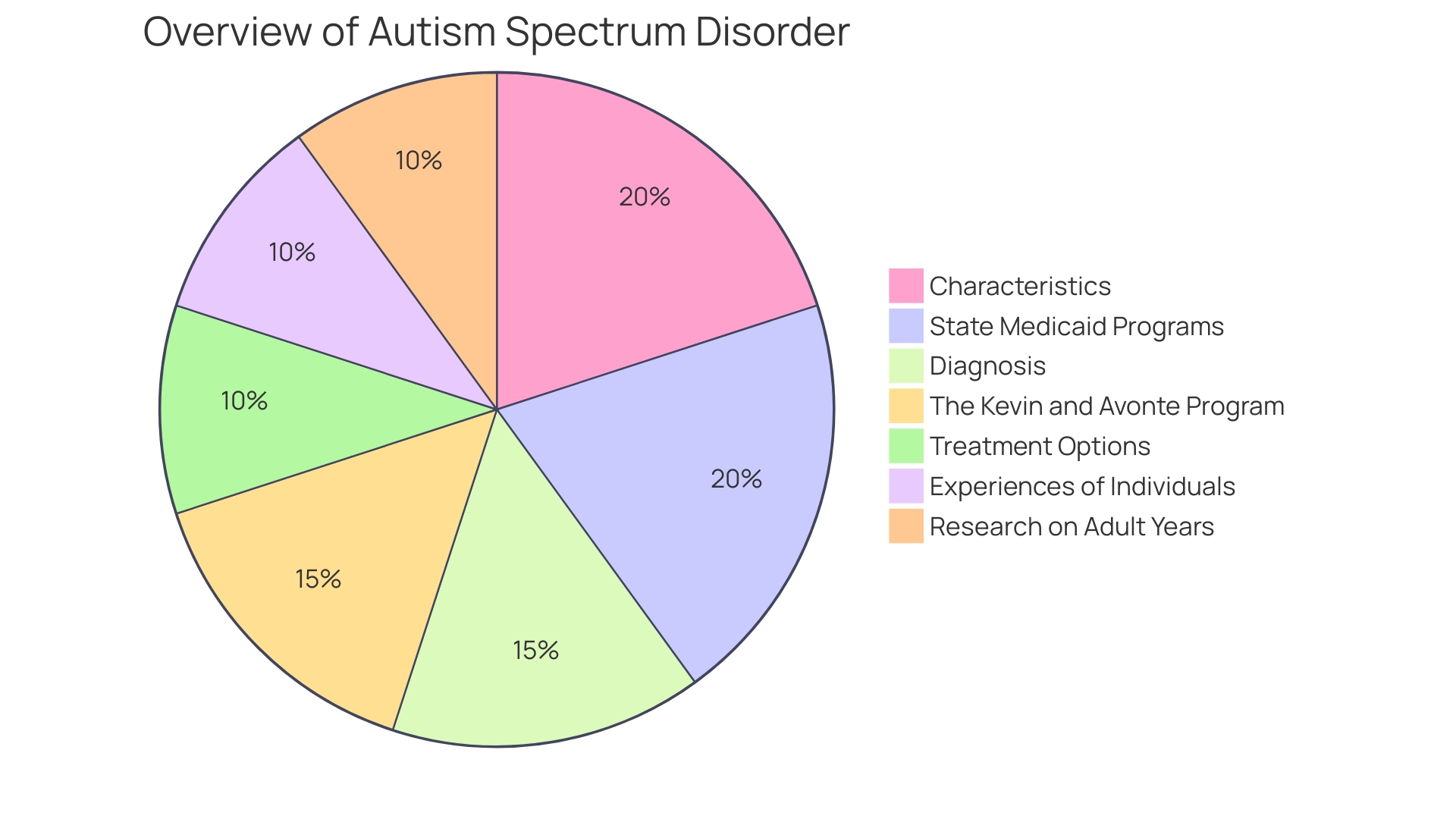
Level 1: Requires Support
'Level 1, termed 'Requires Support,' is considered the mildest form within the spectrum.'. Individuals with this classification often experience challenges with social communication and may face obstacles in social interactions. Despite these obstacles, many are able to live autonomously and manage their everyday lives with minimal assistance. Pediatric occupational therapist Kara, from Florida, emphasizes the significance of promoting independence in children with developmental challenges, highlighting the transformative impact of 'Independence Therapy.' By empowering children to perform tasks on their own, this approach enhances their self-reliance and contributes to their overall development. As evidenced by Kara's success stories, such therapeutic interventions can lead to remarkable progress, particularly for those with higher support needs. Highlighting the ability of those on the autism spectrum, recent statistics show a desire among most working-age autistic people in the UK to have a job. However, employment rates are low, with only 3 in 10 working-age autistic people currently in jobs, compared to 5 in 10 of all disabled people. This shows an urgent requirement for initiatives that not only increase knowledge and decrease discrimination but also train people with autism for the workforce, aiming to close the considerable wage difference and enhance their job prospects.
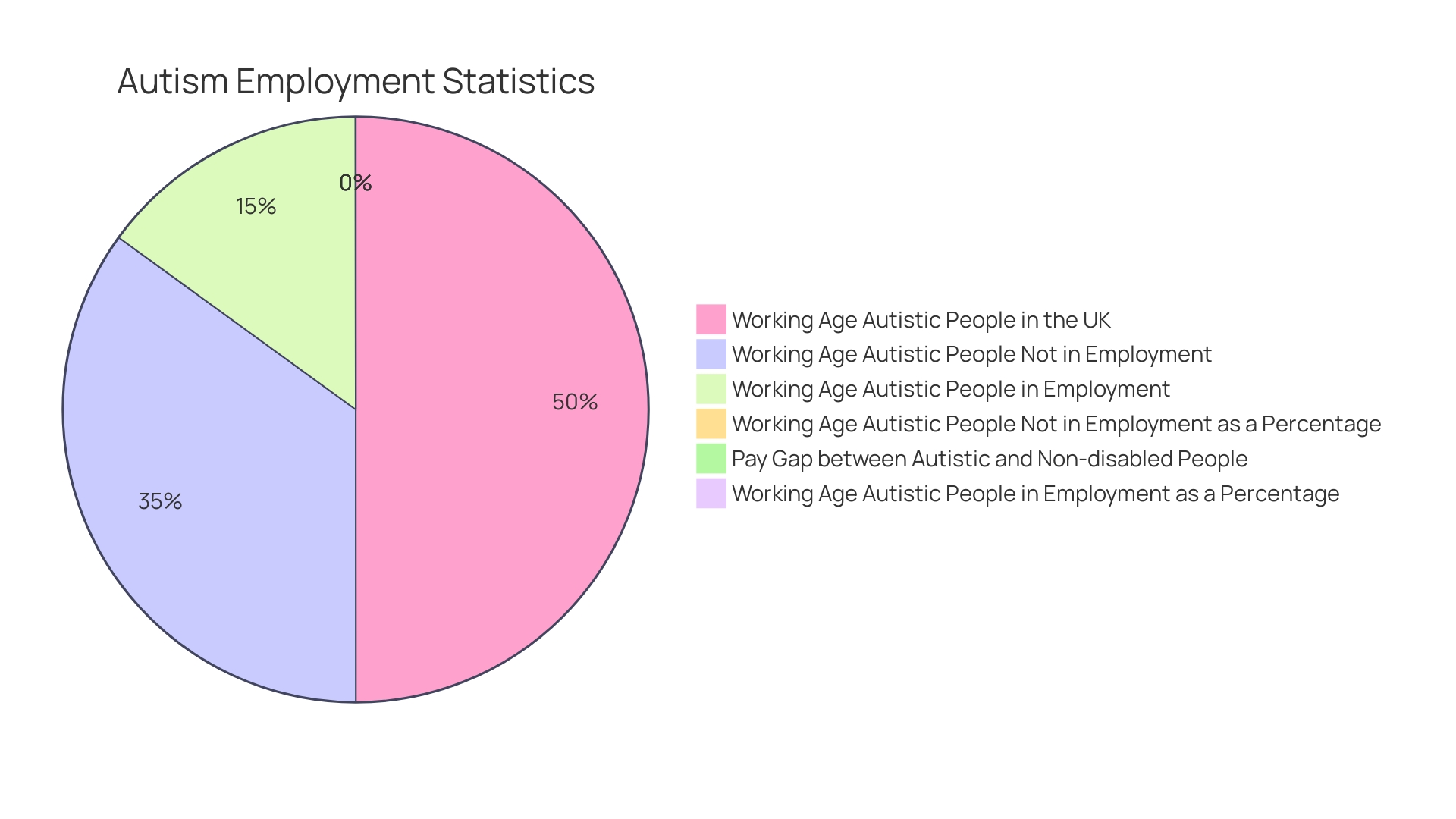
Level 2: Requires Substantial Support
Level 2 Autism Spectrum Disorder (ASD), also known as requiring substantial support, is located on the moderate end of the ASD spectrum. People with this classification typically face more notable challenges in social communication, often necessitating additional resources and strategies to facilitate meaningful interactions and enhance their quality of life. The distinctiveness of each person's experience with autism is evident in diverse narratives, such as those shared by neurodivergent individuals thriving in STEM fields, reflecting the breadth of capabilities and contributions of those on the spectrum.
Statistics reflect the broader societal challenges faced by people with autism, particularly in the workforce. According to Autistica's estimates, approximately 680,000 working-age persons in the UK report autism as a health condition, yet their employment rates are disproportionately low. Only about 30% of individuals with autism are employed, in comparison to 50% of all disabled persons and 80% of non-disabled persons. Additionally, autistic people encounter significant pay disparities, earning on average a third less than non-disabled counterparts.
Efforts to address these disparities have been gaining momentum, as evidenced by reviews and initiatives seeking to improve the employment landscape for people with autism. Stakeholders have come together to identify barriers and develop strategies to enhance awareness, reduce stigma, and leverage the unique skills of autistic employees. These initiatives aim to enhance the readiness of people on the autism spectrum for the workforce and greatly improve their employment rates in the years to come. Moreover, a plea for a change from diagnosis-driven to needs-driven assistance systems emphasizes the crucial requirement for early recognition and timely intervention to enhance the long-term outcomes for people with autism.
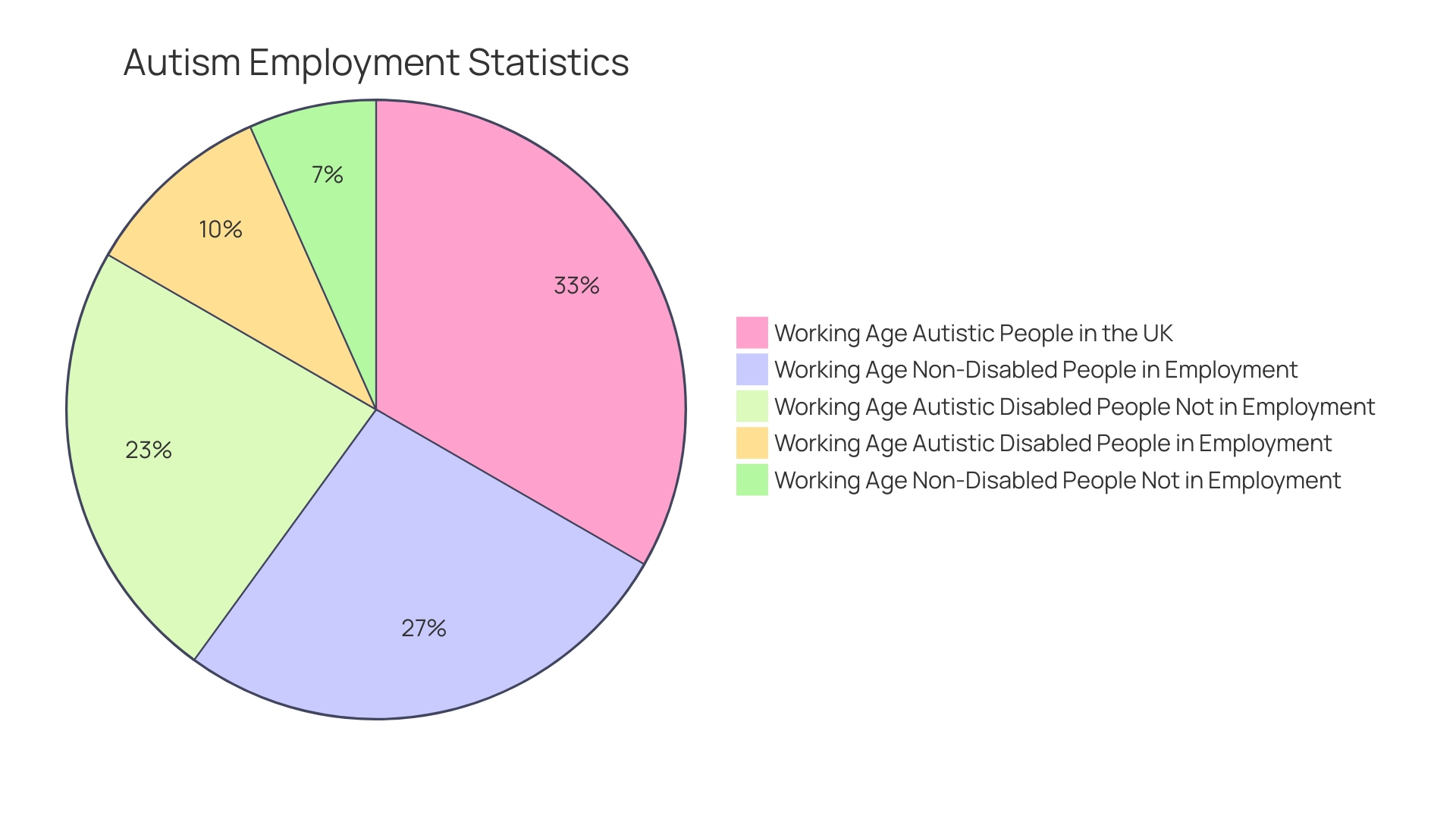
Level 3: Requires Very Substantial Support
At the most advanced stage, known as Level 3 or 'Requires Very Substantial Support,' people with autism face profound challenges. Daily life involves managing severe social communication obstacles and engaging in repetitive behaviors that require constant, intensive assistance. The aim is not only to offer assistance, but to cultivate an atmosphere where each person can engage actively in educational, domestic, and recreational contexts, ultimately improving their mental well-being and promoting fairness as Dr. David (Dan) R. Offord, a respected child psychiatrist, emphasized with his advocacy for equal opportunities for all children, irrespective of disabilities.
Assisting individuals with Level 3 autism requires innovative solutions, such as the proposed AR application designed to accommodate sensory sensitivities by transforming tactile sensations into visual and auditory cues. This approach recognizes the distinct experiences of individuals with a condition characterized by heightened tactile sensitivity, which can create challenges during everyday activities.
Efforts like the Kevin and Avonte Program, which focuses on preventing wandering and elopement, demonstrate a commitment to addressing the intense challenges faced by individuals with ASD. This program, inspired by the tragic losses of two autistic teens, has channeled over $10 million into initiatives that aim to safeguard this vulnerable population.
Moreover, the recent collaboration between Emirates and Dubai International Airport to tailor the travel experience for neurodivergent passengers, including individuals with neurodiverse conditions, exemplifies how communities and organizations are adapting to be more inclusive. Creating rehearsal flying experiences for children with a developmental disorder to familiarize them with air travel is a step towards reducing barriers and fostering inclusion.
While we have made progress in comprehending and assisting individuals with autism through projects and investigation—such as the Autism CARES Act, which has allocated billions since 2006—difficulties persist, particularly in maintaining and enlarging funding for programs that cater to a spectrum of needs. Reports indicate a rising prevalence of diagnoses for individuals on the autism spectrum, now estimated at 1 in 36 children, emphasizing the urgency for continued and enhanced support for the community affected by this condition. Ensuring that everyone, including those with the most severe levels of developmental disorder, has opportunities to thrive is a testament to a society's commitment to equity and the well-being of every person.
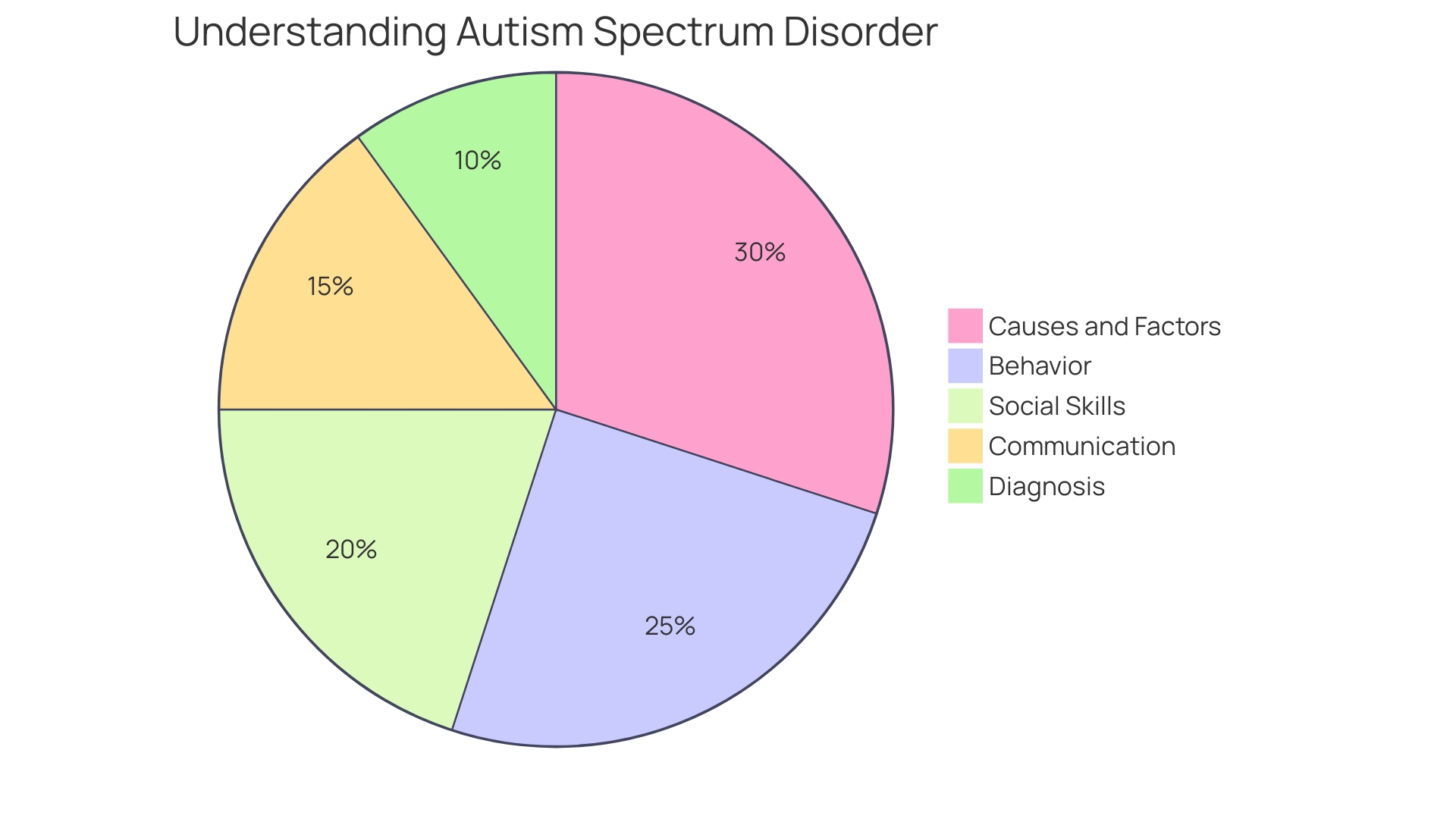
Diagnostic Criteria for Autism Spectrum Disorder
Autism spectrum disorder (ASD) is a complex condition characterized by a range of symptoms and behaviors that can vary widely from person to person. Professionals use the criteria from the Diagnostic and Statistical Manual of Mental Disorders, Fifth Edition (DSM-5), to guide their assessment and diagnosis of ASD. The DSM-5 outlines specific behavioral patterns, including persistent differences in communication, interpersonal relationships, and social interaction, as well as restricted and repetitive behaviors. These behaviors manifest across different environments and can include repeating sounds or phrases, extreme sensitivity to sensory stimuli, and challenges with transitions or routine.
Recognizing that the prevalence of autism is around 1 in 36 individuals, it is crucial to note that no single diagnostic tool should be used in isolation. Assessments often involve a combination of parental or caregiver descriptions and professional observations. Despite the availability of medical diagnosis, the autistic and neurodivergent community acknowledges that self-diagnosis is a valid and accepted means of identification, particularly given the inconclusive results that often come from formal testing.
Furthermore, the debate around the conceptualization of ASD continues to evolve. With recent discussions questioning the clinical utility of the current definitions, there's a push towards recognizing ASD as a neurodevelopmental disorder with observable behavioral traits, rather than a condition defined solely by inner experiences.
This nuanced understanding of ASD is reflected in the evolving field of autism research and advocacy, with a movement towards using non-eponymous names for conditions, promoting an inclusive and ethical approach to identification and support. As we observe Autism Acceptance and Awareness Month, the focus on inclusion and understanding of the diverse requirements of individuals with ASD becomes increasingly relevant. With research showing a significant rise in diagnoses among adults, especially in the 25 to 34 age group, the importance of accurate, respectful, and accessible diagnostic processes is clear.
It is crucial to acknowledge that the definition of disability, including autism, is broad and aims to protect the rights of those affected. The Americans with Disabilities Act (ADA) ensures that people with disabilities are not discriminated against, emphasizing a broad interpretation of what constitutes a physical or mental impairment.
Understanding the Severity Specifiers
Autism spectrum disorder (ASD) is a complex condition characterized by diverse symptoms and varying degrees of severity. To aid in understanding an individual's unique needs, severity specifiers are incorporated into the diagnostic process. These specifiers assess the extent to which social communication, fixed interests, and repetitive behaviors are affected by the condition, providing a clearer picture of the support required. For example, standard screening tools such as the M-CHAT-R/F strive to detect indications of developmental disorder in young children. However, research indicates that while the M-CHAT-R/F is highly specific, its sensitivity is less reliable, particularly among girls and children of color, pinpointing a gap in our screening methods. This highlights the ongoing need for precise, accessible screening tools to ensure early and accurate diagnosis, allowing for timely interventions which can significantly improve outcomes. As we navigate the complexities of this condition, it becomes clear that a one-size-fits-all approach is insufficient. Every individual's experience with a certain developmental disorder is unique, necessitating tailored assistance and interventions. From the development of new screening methods to the implementation of programs like the Kevin and Avonte Program—aimed at preventing wandering-related injuries and fatalities among those with developmental disorders—efforts are underway to enhance the lives of individuals with developmental disorders. As investigation progresses to develop, in the same way our comprehension of autism advances, propelling us towards enhanced precision in diagnosis and more efficient assistance systems for individuals on the spectrum and their families.
How the Levels Are Used in Diagnosis and Support
Comprehending a person's level of ASD is essential for customizing effective interventions and therapies. The assessment process is multifaceted and relies on the observations of healthcare professionals as well as the input of parents or caregivers. The American Psychiatric Association's DSM-5 provides a framework for diagnosis but emphasizes the need for comprehensive evaluation, often involving multiple tools and sources of information. In spite of the difficulties, accurate diagnosis is crucial as it shapes personalized assistance, which can greatly enhance the quality of life for individuals with autism and their families.
Regrettably, discrepancies in the accessibility of autism assistance are widespread. For example, New Zealand, even though it is a country rich in resources, states that one out of every five families with young autistic children does not access any clinical assistance. And for those who receive it, the assistance averages only 2 hours per week—far below the recommended 10 hours for effective intervention.
The need for improved support systems is highlighted by the increasing referrals for assessments related to individuals with autism. A remarkable 27% increase in new referrals for individuals with ASD was reported over the past year, with over 143,000 individuals waiting for an assessment as of July 2023. This calls for an evaluation of the current strategies and the implementation of comprehensive plans to address the growing need for services, as seen with initiatives like the National Autism Strategy.
Autistica's research indicates that approximately 1 in 70 people is autistic in the UK, yet only 30% of the working age autistic population is employed. This underscores the necessity for a better understanding of autism at a societal level and the implementation of targeted initiatives to improve employment rates and reduce the pay gap experienced by individuals with autism. The collective efforts of stakeholders, including employers and autism advocacy groups, are essential for fostering an inclusive environment where autistic people can thrive.
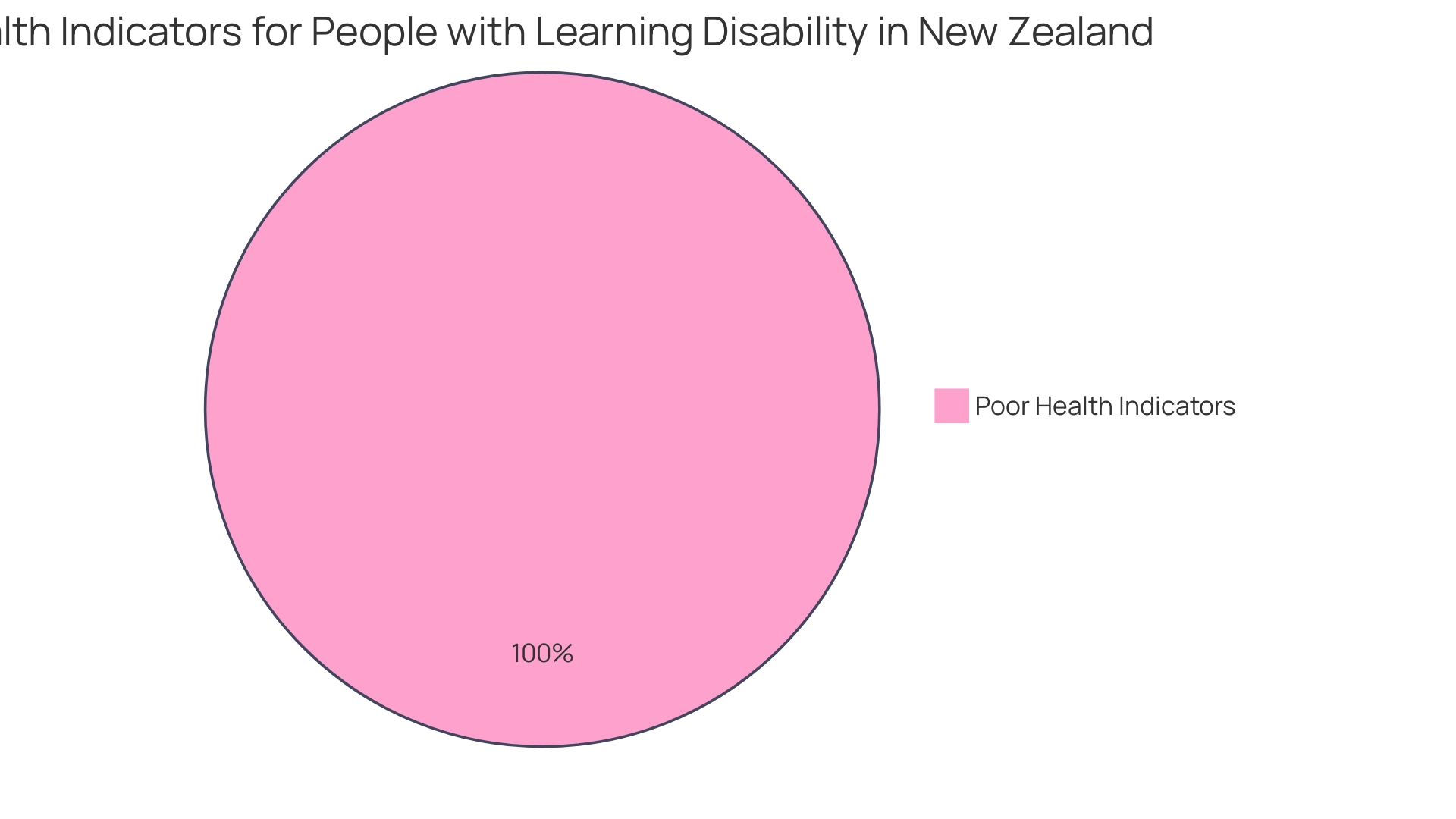
Importance of Early Detection and Intervention
Grasping the complexities of Autism Spectrum Disorder (ASD) is essential for providing effective support. ASD is characterized by challenges in social interaction, communication, and the presence of repetitive and restrictive behaviors. For the majority of people with ASD, their daily life can be greatly affected, with only a small percentage - 10-20% of those diagnosed before the age of 5 - able to live independently in adulthood.
Cutting-edge research is continually unveiling the intricate interplay between genetic and environmental factors in the development of ASD. Studies suggest that the trajectory from genetic predisposition to the manifestation of ASD symptoms is influenced by a dynamic interaction of these factors.
A promising advance in early ASD detection is the use of artificial intelligence (AI). Recent findings highlight a machine-learning model, AutMedAI, that can discern patterns from a variety of child development parameters to identify ASD with approximately 80% accuracy in children under two years old. This groundbreaking tool, which utilizes data from around 12,000 people, has the potential to transform the diagnostic process, potentially enabling interventions to start much earlier.
The impact of early intervention cannot be overstated. Research from organizations such as The Autism Community in Action (TACA) underscores that earlier behavioral therapy can lead to more favorable outcomes for children with ASD. Current diagnostic methods, however, are often too slow or ineffective, underlining the urgency for tools like AutMedAI that can bridge the gap, giving families the answers they need promptly and accurately.
In essence, early detection of ASD, paired with timely intervention, can be transformative, setting the stage for optimal developmental outcomes and a higher quality of life for those affected by ASD.
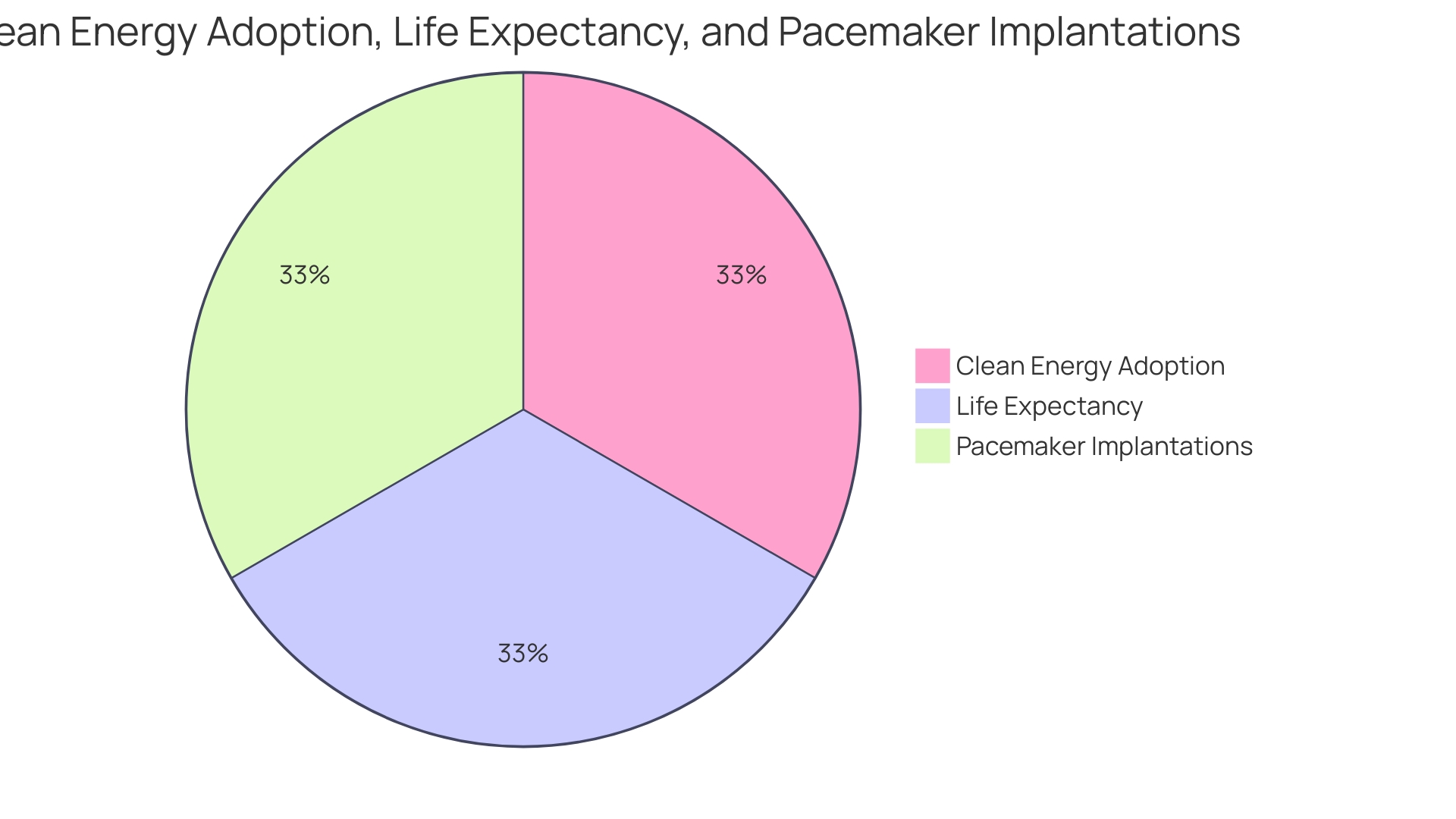
Variations in Autism Prevalence Across Communities
Autism Spectrum Disorder (ASD) is a complex neurodevelopmental condition that shows a range of symptoms, abilities, and skills across diverse people. Notably, the National Institute of Health characterizes ASD by the unique ways in which it affects communication and behavior, often influencing how a person functions in daily life, including in educational and occupational settings. The DSM-5, a critical diagnostic tool, further outlines how these communication challenges manifest differently from person to person. Despite the commonality of ASD across ethnic, racial, and socioeconomic groups, research indicates that there is a striking variance in the occurrence of autism spectrum disorder within different communities and populations.
This variance can be attributed to numerous factors, including cultural beliefs and the availability of resources, which play a crucial role in the identification and support of individuals with ASD. For instance, while ASD was once thought to be a disorder primarily found in Western countries, current research efforts have expanded to other regions. Yet, most of the existing research and literature still originate from Western sources, leading to a significant gap in knowledge concerning ASD in non-Western countries.
The International Autism Coordinating Committee (IACC), a federal advisory committee, emphasizes the significance of enhancing coordination across the federal government and working collaboratively with the community affected by autism to address these disparities. The IACC, which includes a diverse group of stakeholders, including federal officials, autistic adults, parents, and advocates, strives to build awareness and improve access to medical research globally. Through initiatives like the 'All of Us' research program, which aims to engage at least one million diverse participants, there is a concerted effort to ensure that research on individuals with autism reflects the diversity of experiences and needs.
Case studies, such as that of Mary Gachoki from Nairobi, highlight the personal challenges faced by families in accessing support for individuals with developmental disorders. Despite the challenges, Gachoki's determination resulted in a diagnosis for her son and subsequent access to therapeutic services that studies suggest can enhance behaviors and social interactions in children with the condition. The story emphasizes the global need for fair access to assessments and interventions for individuals with autism spectrum disorder.
In the face of these challenges, it is clear that the prevalence of autism is not uniform across different communities, and efforts to understand and support individuals with ASD must take into account the diverse contexts in which they live.
Conclusion
In conclusion, autism spectrum disorder (ASD) is a complex condition with varying levels of severity. Early detection and intervention are crucial for improving outcomes. The prevalence of autism differs across communities, emphasizing the need for inclusive support systems.
By understanding the unique needs of individuals with autism, we can empower and advocate for their well-being. Together, we can create a more inclusive society where individuals with autism can thrive.




